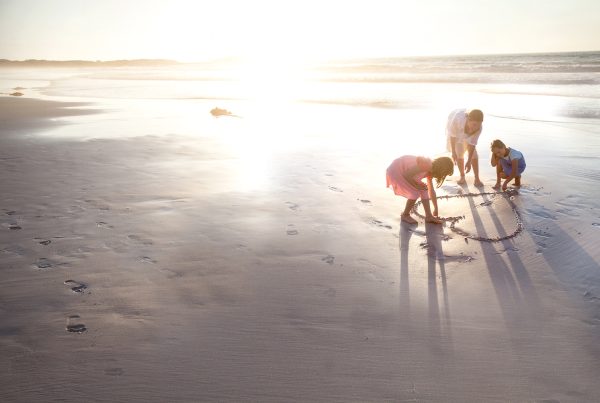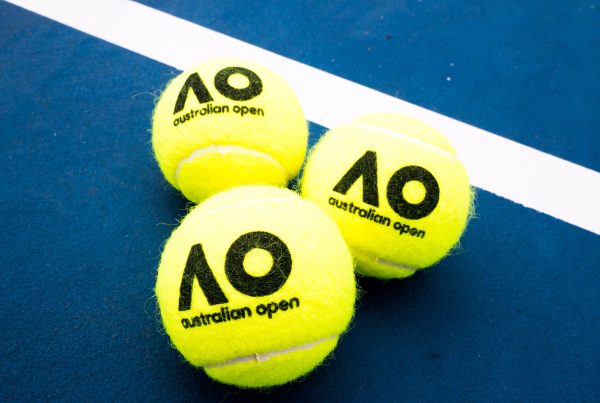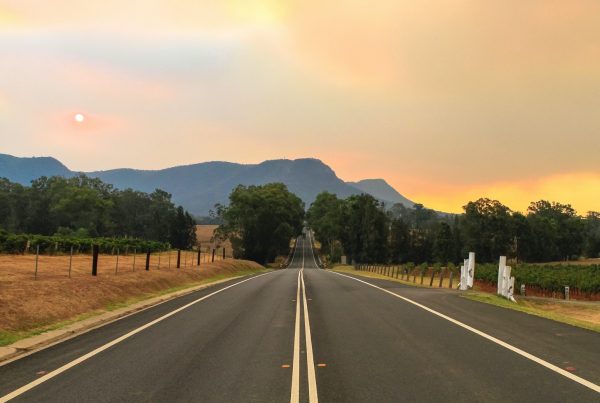“Even on a superficial level, the interactions with the primary school students we played table tennis with, or the high school students we conversed in English with, or even the spectators we high-fived along the marathon route, were opportunities to show that people from the West are not all aggressors intent on the destruction of North Korea.” ~ Sarah-Jane Mead

Tell someone you’re planning a marathon in the Democratic People’s Republic of Korea and chances are there may be a few raised eyebrows. But all is not what it seems, discovers Sarah-Jane Mead, the Head of People, Culture, Learning and Development at CT Connections. Our intrepid Pro in the Know goes beyond human rights abuses, forced labour camps, public executions, extreme poverty and strict military rule to be presented with a memorable travel experience.
Up and away on Air Koryo
People often ask me “Why North Korea?” and my response is often “Why not?” Travel for me is about making connections with the people and the culture, discovering how history informs the present, and adding context to what I think I know.
I have therefore always enjoyed visiting countries off the beaten track to experience places I had previously only imagined: train travel in Eritrea, sailing through the Galapagos Islands, meeting moai on Easter Island, visiting Roman ruins in Libya and salsa-ing in Castro’s Cuba.
So, when a friend told me about a cycling tour in North Korea organised by Koryo Tours she had been on, I hopped on their website to see what might be available during the Term 1 school holidays.
It just so happened the 28th Mangyongdae Prize International Marathon was scheduled so my 16-year-old son and I signed up for the 10km event. And what a fantastic opportunity it was to run through the streets of Pyongyang and get close and personal with the 50,000 locals who filled North Korea’s Kim Il Sung stadium and hundreds of onlookers who lined the streets of the route.
We flew to Beijing and joined a pre-tour briefing on the DPRK before departing for Pyongyang the following day on Air Koryo (apparently the world’s only one star airline – not that bad!) to be met by our two local guides, a British tour leader and the 18 other travellers from across the globe who would be our companions for a six day adventure before a 24-hour train journey back to Beijing.
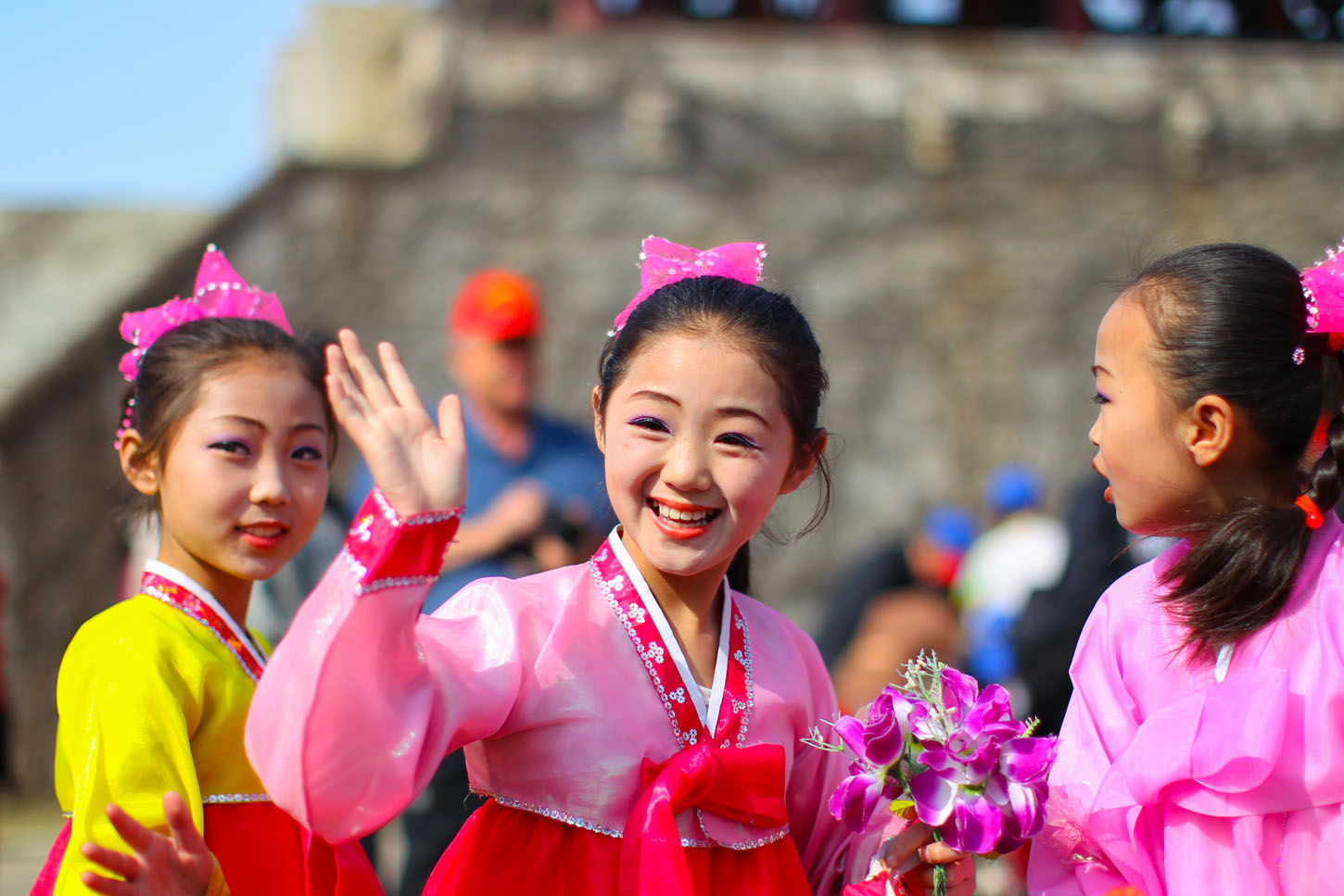
Looking beyond the stereotypes
Both the DPRK and the West feed their respective populations information that reinforces and perpetuates commonly held stereotypes. While there are horrible accounts of human rights abuses, forced labour camps, public executions, extreme poverty and strict military rule in the DPRK, life in the major cities as it was presented to us appears comfortable in that the basic needs of the people for housing, food, education and medical care are met, and there are opportunities to socialise and relax at neighbourhood parks and sporting fields, or the mini amusement parks and beer halls dotted around the capital.
Based on accounts from friends who have visited the DPRK and the North Korea watchers we met, the country has undoubtedly changed at a rapid rate in recent years since Kim Jong-Un assumed power, with the welcoming of foreign travellers and the acceptance of foreign assistance from select overseas organisations (despite heavy international sanctions) and this is helping to break down barriers.
The DPRK is a destination for people interested in finding out more. We never felt our personal safety or security was at risk and certainly didn’t feel like pawns in some political propaganda promotion for the regime.
I am a big believer in responsible tourism and the positive impacts of cross-cultural exchange and exposure cannot be underestimated. Even on a superficial level, the interactions with the primary school students we played table tennis with, or the high school students we conversed in English with, or even the spectators we high-fived along the marathon route, were opportunities to show that people from the West are not all aggressors intent on the destruction of North Korea.
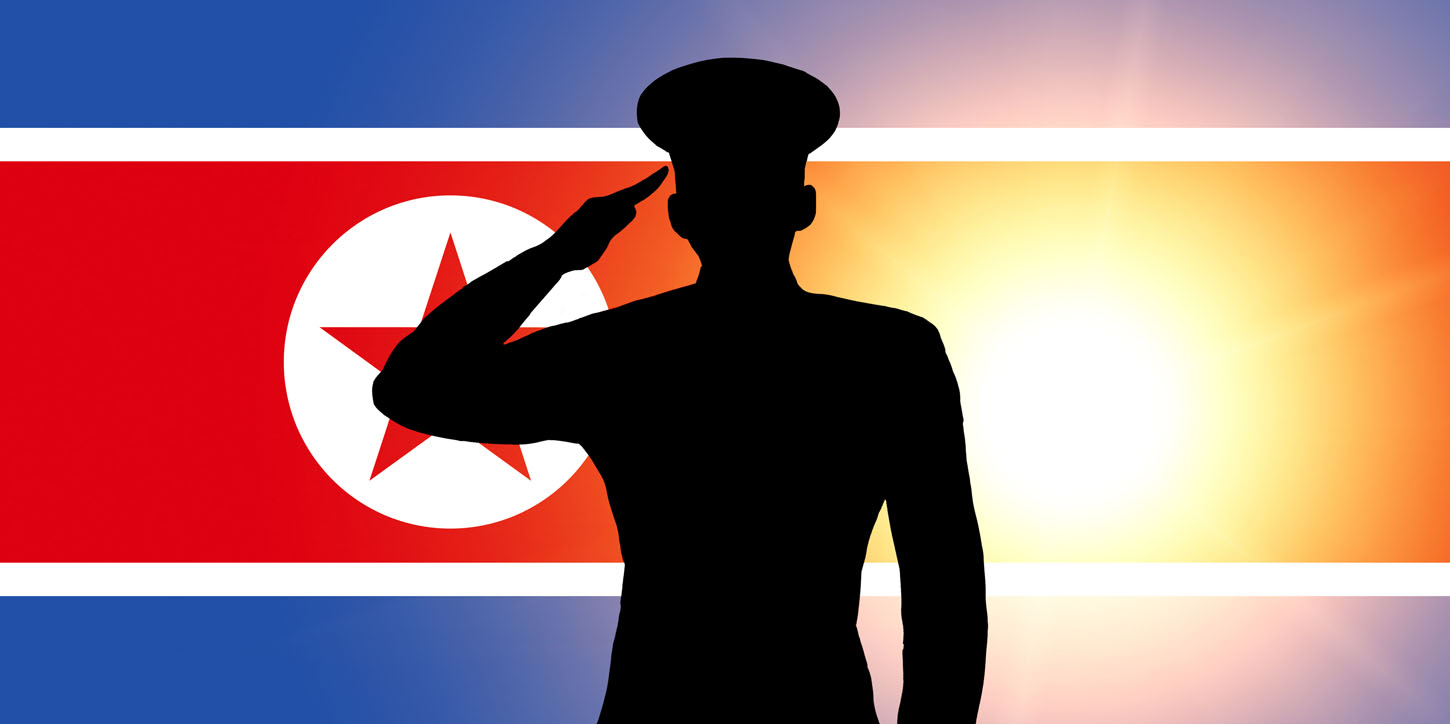
Proud but keen for reunification
The local people we met were intensely proud of their country and its achievements and determined to fight for the right to defend themselves against external imperial aggression. They were also keen for reunification with their brothers and sisters in the south but not at the cost of their national identity.
The Koreans we encountered going about their daily activities were just like us – some cheerful and engaging, others curious but distant or just disinterested in a group of foreign tourists. The children, of course, were open and friendly and happy to high five us as we ran along the marathon route.
The Korean People’s Army (KPA) is a major employer and people in military uniforms can be seen everywhere but they are not all enrolled in active service. Military bands are a major source of public entertainment and the guides at the Korean War museum are also officially members of the KPA.
Men and women in uniform could also been seen working in the fields alongside farmers and also commuting from factories on the outskirts of town.
Whilst probably not strictly members of the armed forces, the traffic wardens and subway station masters also conducted their jobs with military precision. We were in the capital during the week before the 105th anniversary of Kim Il Sung’s birth on April 15 – The Day of the Sun – and witnessed groups of people rehearsing en masse for the celebrations to mark the occasion. While the main event is a visual spectacle and hours of preparation go into the highly synchronised parade, even watching people move about the streets in unison as they moved to and from public events, into and out of the subway or on their way home from school or work was quite surreal.
This adherence to order was most evident on the day of the marathon when the Korean participants were lined up in perfect symmetry for the opening ceremony and marathon officials must have thought they were herding cats as they tried in vain to get the 1000-strong contingent of foreign runners to form a straight line.
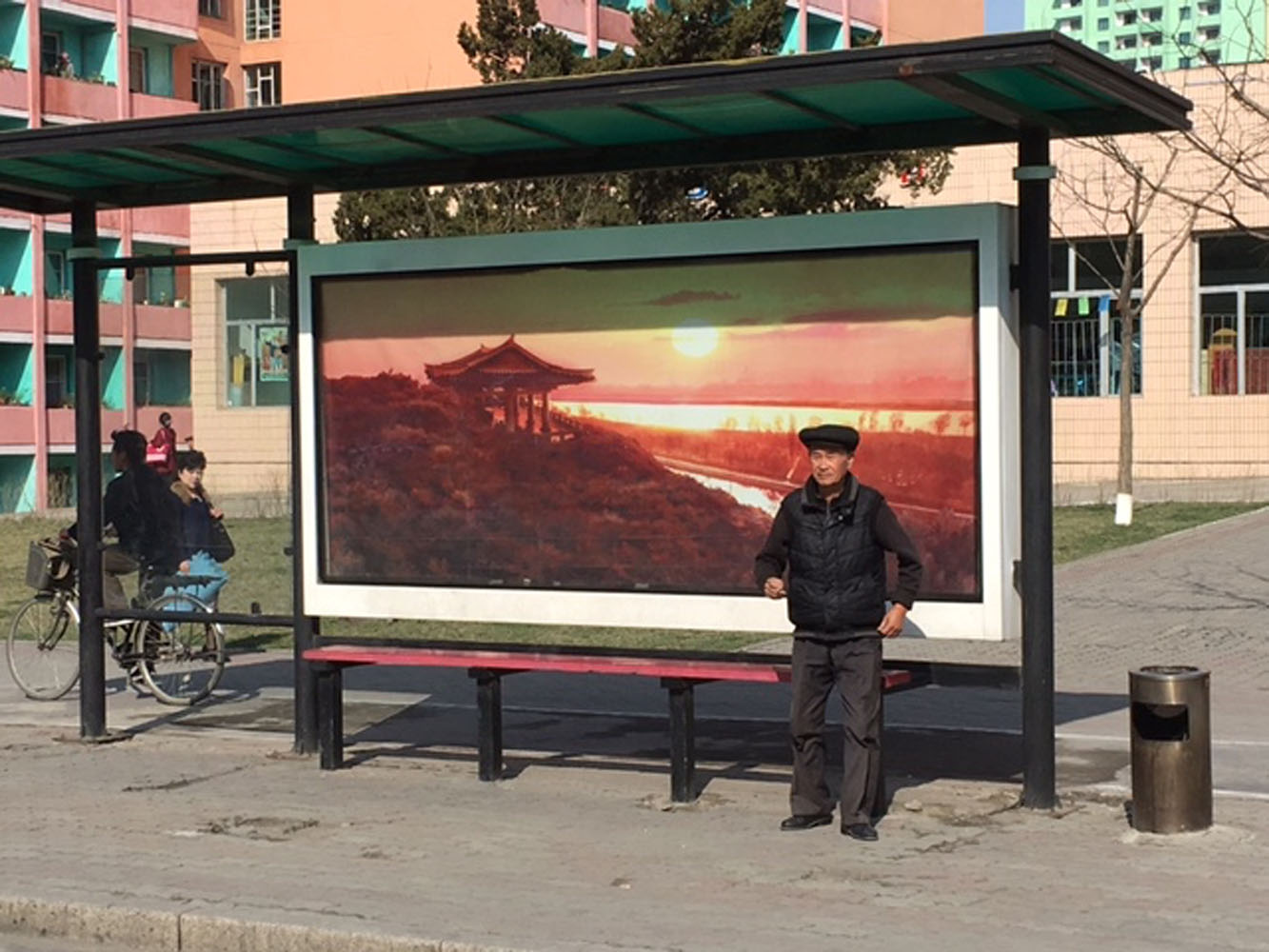
Locked in a 1950s time warp
To anyone who has travelled throughout Asia, the DPRK is completely unique. Without the hustle and bustle of Bangkok or Bejing, with people in the countryside living simple agrarian existences similar those in Laos or Indonesia, the DPRK appears to be locked in a 1950s time warp with a definite emphasis on the era since the republic was established by Kim Il-Sung in 1948.
Pyongyang remains on the cusp of modernity with grand infrastructure projects which are both outdated and futuristic in appearance. The only introduction to the region’s long and rich history spanning thousands of years was at the restored historical and cultural sites from the Koryo Dynsasty (918–1392) in Kaesong located in the south of the country and near the border with South Korea.
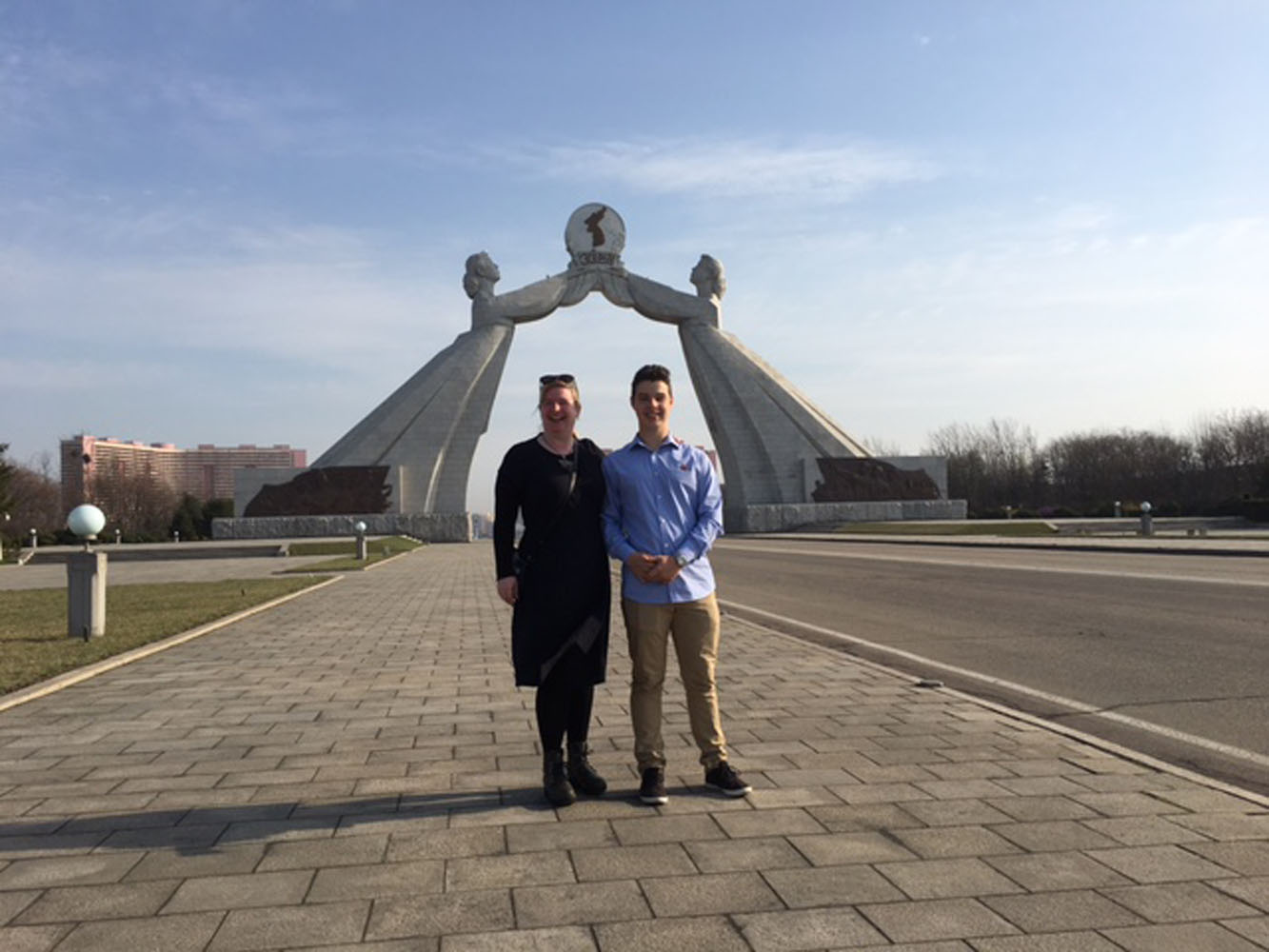
The only introduction to the region’s long and rich history spanning thousands of years was at the restored historical and cultural sites from the Koryo Dynsasty (918–1392) in Kaesong located in the south of the country and near the border with South Korea
A year in the life of an expat in North Korea
I was very fortunate to get a broader perspective of life in Pyongyang and the DPRK through the many interesting people I was able to meet. In addition to our north Korean guides and the China/Russia/North Korea watchers working for Koryo Tours, I managed to spend a couple of hours with a British guy called Len who was working for a German NGO with the Ministry of Agriculture to get some insight into life as a resident of Pyongyang.
Len has spent 16 months living in the North Korea city with his Indonesian wife and child and has no hesitation in renewing his contract late next year. His daughter attends the Pyongyang Foreigners School with the children of diplomats, aid workers and Chinese businessman and takes additional maths classes, in Russian, at the Russian Embassy.
He and his wife have unrestricted access to the internet and foreign news services (unlike local Koreans) and can travel freely throughout the city. Len also has a Korean driver’s licence which intrigued our young Korean guide who had never seen one before. Individual citizens do not own cars and walk everywhere or use the metro and city buses and trams to get around.
The limited number of cars and light trucks on the streets are used by the military, companies and cooperatives to transport officials, goods and workers.
Travel outside of the Pyongyang city limits does require special permission and travel to domestic holiday destinations (ski fields in the north or seaside resorts in the east, for example) need to be undertaken with the state-owned Korean International Travel Company.
Working closely with North Koreans he has experienced first-hand their devotion to their country and leaders when crying for joy at being chosen to participate in the Mass Games and feeling relieved to return to the sanctuary of the DPRK after a business trip to Nepal.
He has also learnt of the desire to improve agricultural processes which will in turn improve domestic food security. That involves developing trusting relationships to introduce new techniques to improve crop yields through diversified crop rotations and more effective irrigation. Recent changes in animal husbandry, particularly goat farming, has vastly improved stock numbers and the quality of milk and meat.
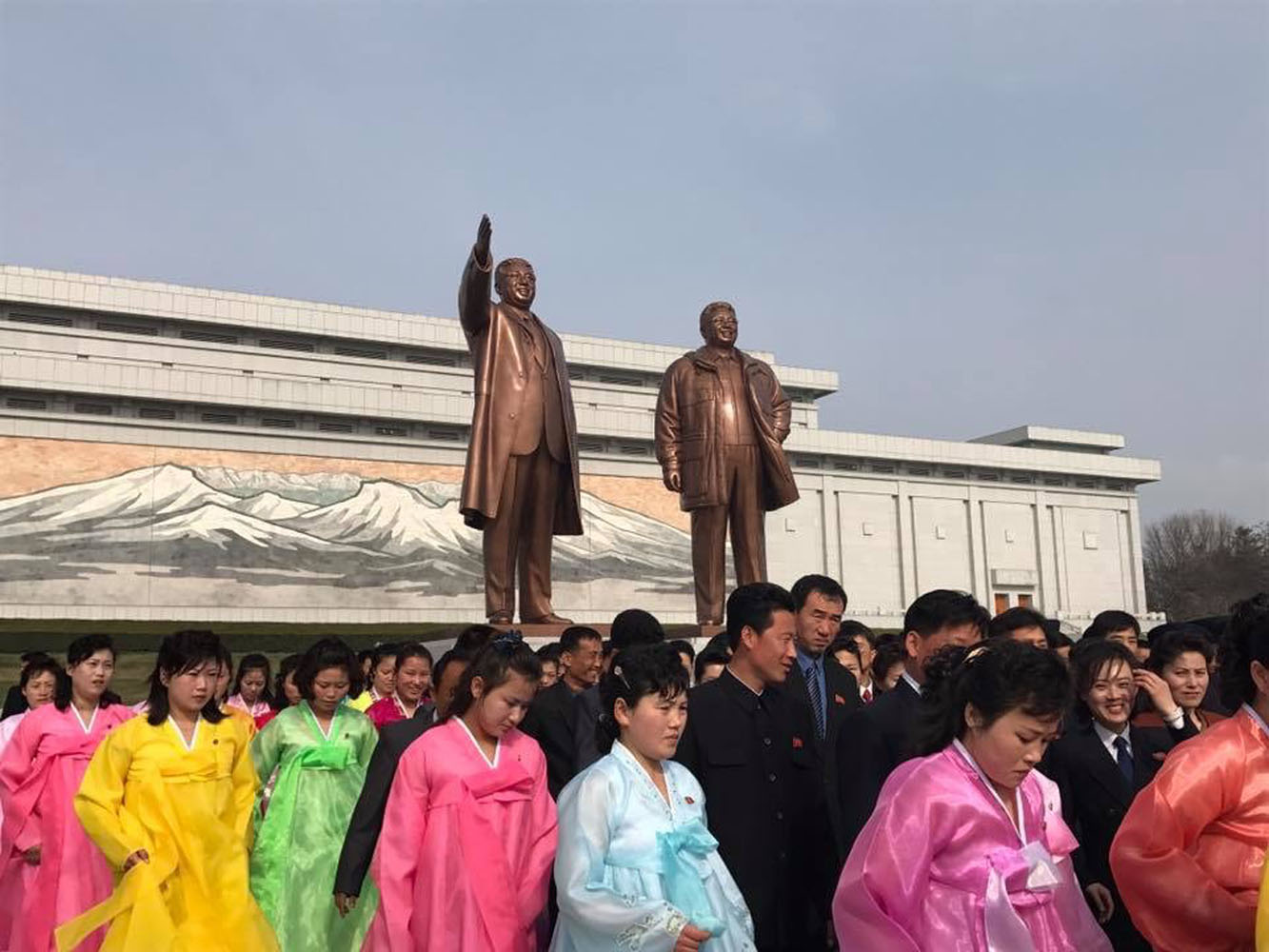
Remember to fall into line
The most important piece of advice I could offer is to follow the instructions of your tour guides. Mainly because if you do anything wrong, in all likelihood, you as the visitor will not be punished but the local guide will. (There have been notable exceptions in recent years with regards to distribution of religious material and disrespect of images the Kim family.)
Contrary to what we hear, the only restrictions on taking photos are around military installations and unfinished buildings. Also, photos with statues of the Kims must not cut off their heads or limbs, nor show you imitating their pose.
Random checks of cameras and phones at the border meant you were politely requested to delete any images the guards considered offensive or inappropriate. Our guards were actually bemused by some of the photos we took (meal shots, bullocks working in the fields, streets lined with DPRK flags) but did not disapprove.
Even photos taken with our military guide at the DMZ (Demilitarised Zone) on the 38th Parallel which divides the Korean peninsula into north and south were allowed.
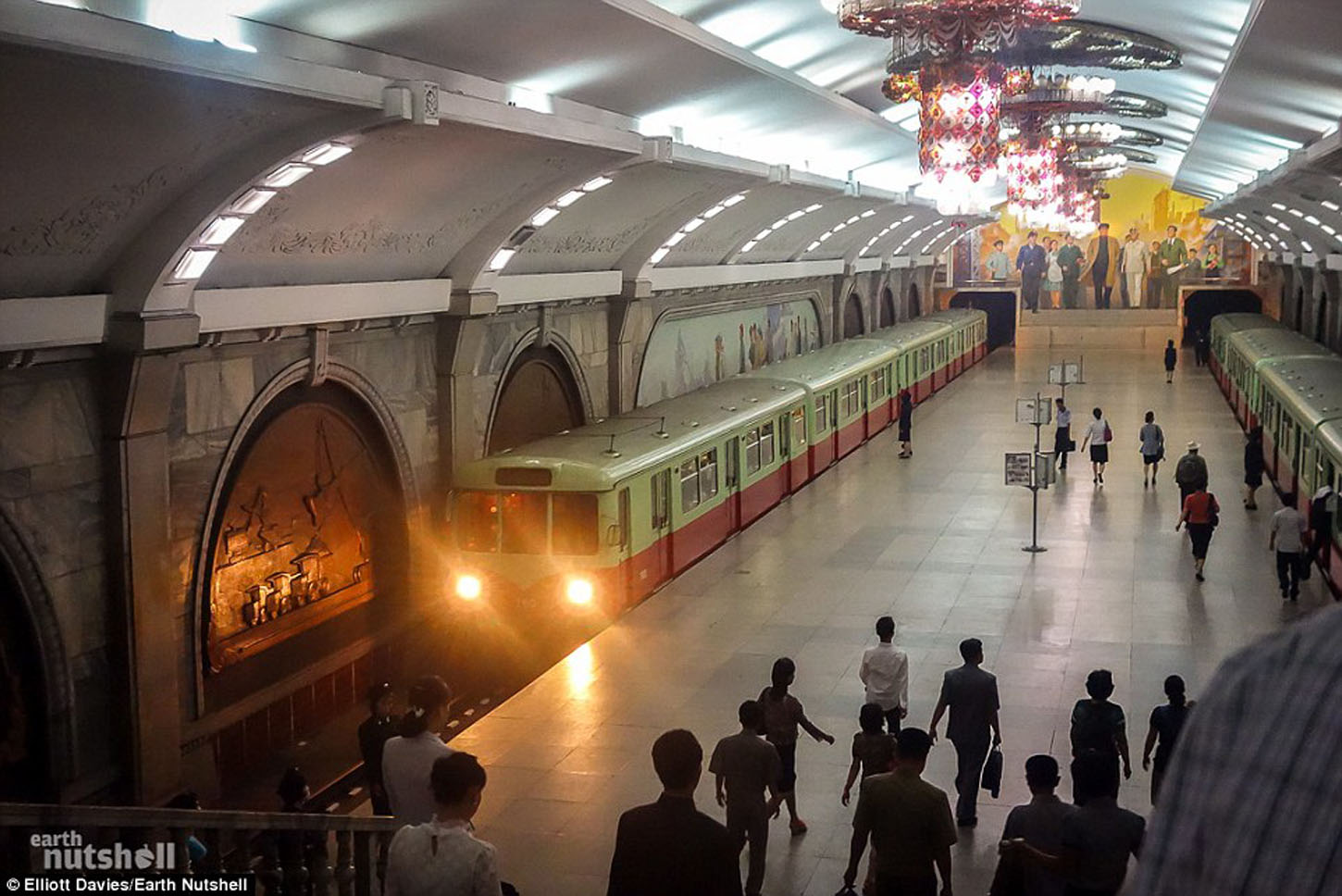
Marathons, metros and military choppers
There were three major highilights for me including the marathon, the metro and a helicopter ride. The 28th Mangyongdae Prize International Marathon event, running through the streets of Pyongyang and around Kim Il-Sung stadium with 50,000 Koreans cheering me on is a once-in-a-lifetime experience.
I felt like an Olympian for a day! Then there was the Pyongyang metro, a fast, efficient way to get around town and very affordable at approx. 0.02 cents per journey.
Aside from the quaint (circa 1960s) carriages which are pristine with no advertising other than portraits of the Great and Dear Leaders, the real highlight is that each North Korea station is distinct and unique telling a different story about the history of the revolution and development of the DPRK through architecturally designed and constructed platforms complete with intricate mosaic murals, ornate ceilings supported by carved marble columns with gorgeous chandeliers and statues of Kim Il Sung.
Each station is also named after a Korean quality symbolising the struggles and successes of the nation – “Reunification”, “Revolution”, “Comrade”, “Red Star”, “Golden Fields” and so on. It is also said that The Pyongyang Metro is the deepest metro system in the world at more than 360 feet below ground, can double as a nuclear bunker, and has secret lines that join significant military/government sites to transport officials if the need arises.
The ride in an ex-Soviet Mil Mi-17 military transport helicopter was an incredible experience. I initially booked this excursion as my son has an interest in military hardware, history and heroes (and villains), and thought it would be a unique opportunity to see the sprawl of Pyongyang from the air but it turned out to be so much more.
We expected to be harnessed into the cold and cavernous hull of a cargo aircraft but the helicopter itself was outfitted as if Sean Connery as James Bond was a passenger. The luxe interior had wooden paneling, velvet and lace furnishings and a pendulum clock to keep track of the 30-40 flight. We never saw the flight attendant who greeted us as we made our way from the tarmac but the military minder offered us bottled water but refused entry to the toilet.
The flight itself was delayed for three hours due to inclement weather that we were told was not a safety issue but rather a desire for the weather to clear so that we would not get an unfavourable impression of the city.
We were treated to an amazing panorama with aerial views of all the major landmarks (including a glimpse of an unexpected Russian Orthodox Church), wide city boulevards, tracts of industrial zones connected by railway lines, colourful residential buildings and rural villages on the outskirts of Pyongyang (some that looked a little too perfect). Would I visit again?
Absolutely. One visit has piqued my interest and brings up more questions than can be answered and there are so many more regions opening up to tourism that will offer further insights into the people, culture, natural beauty, industry and the socio-political situation.

